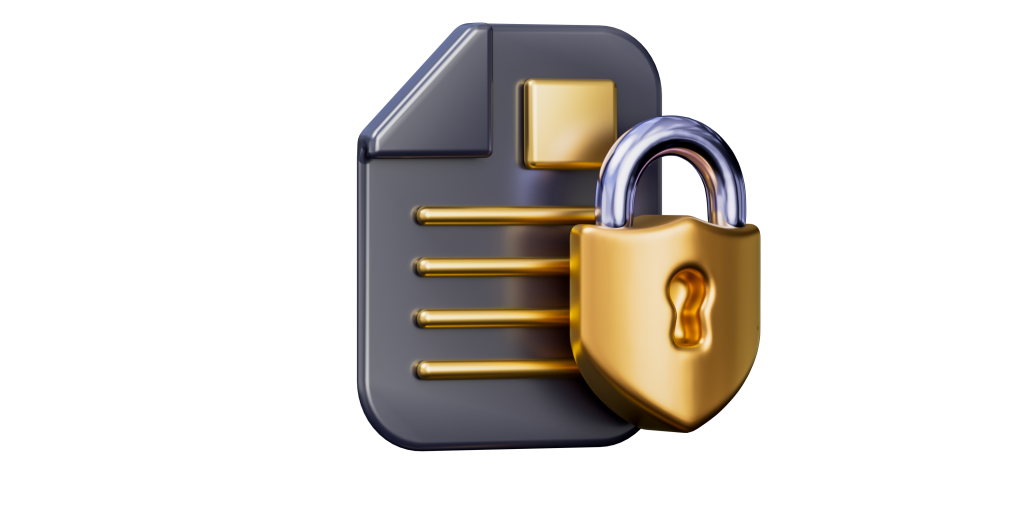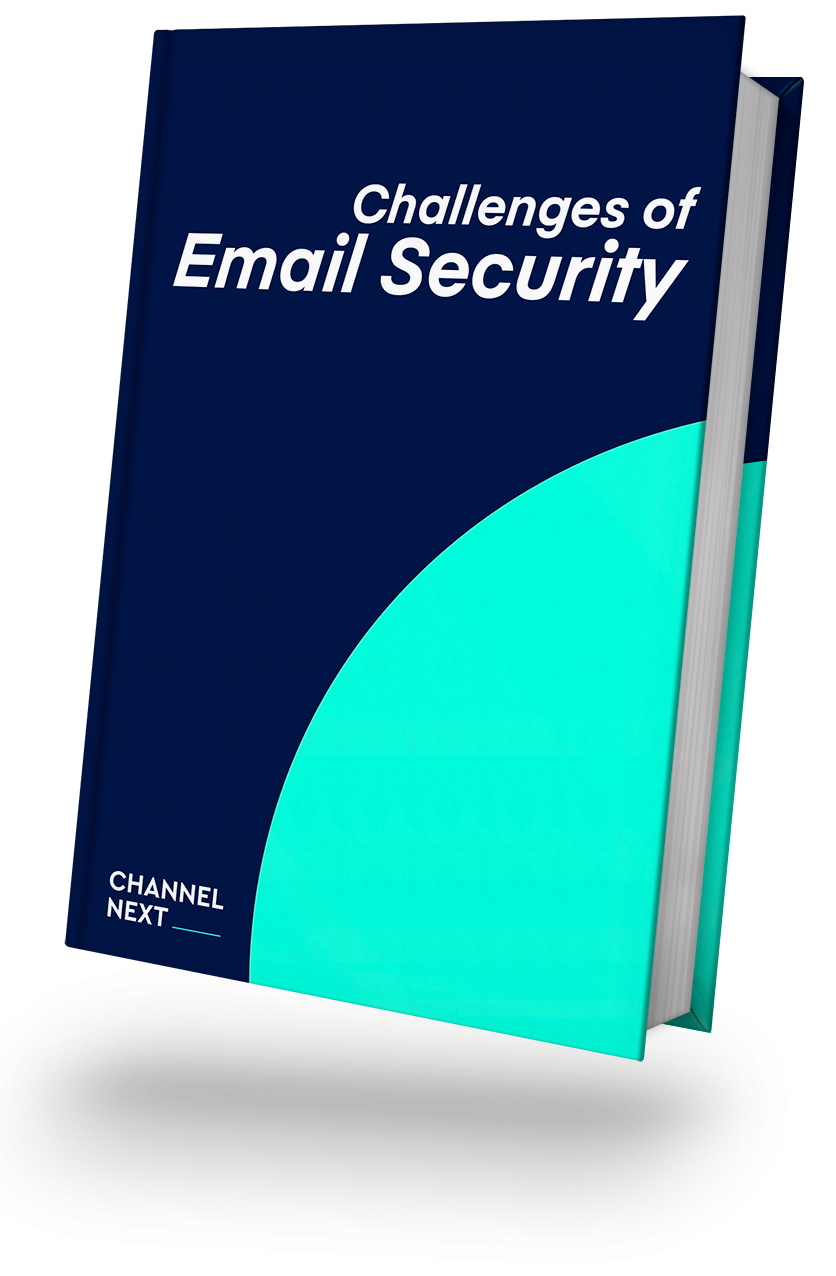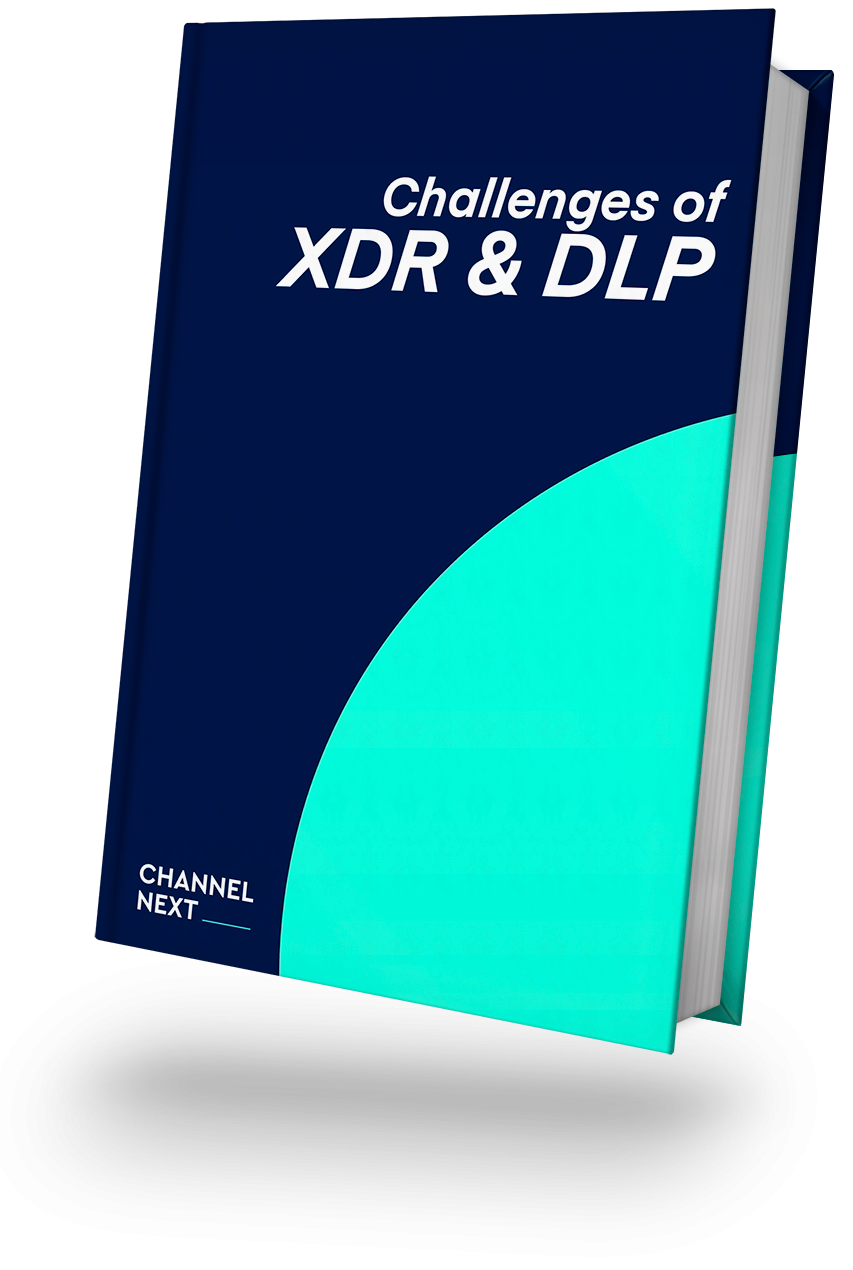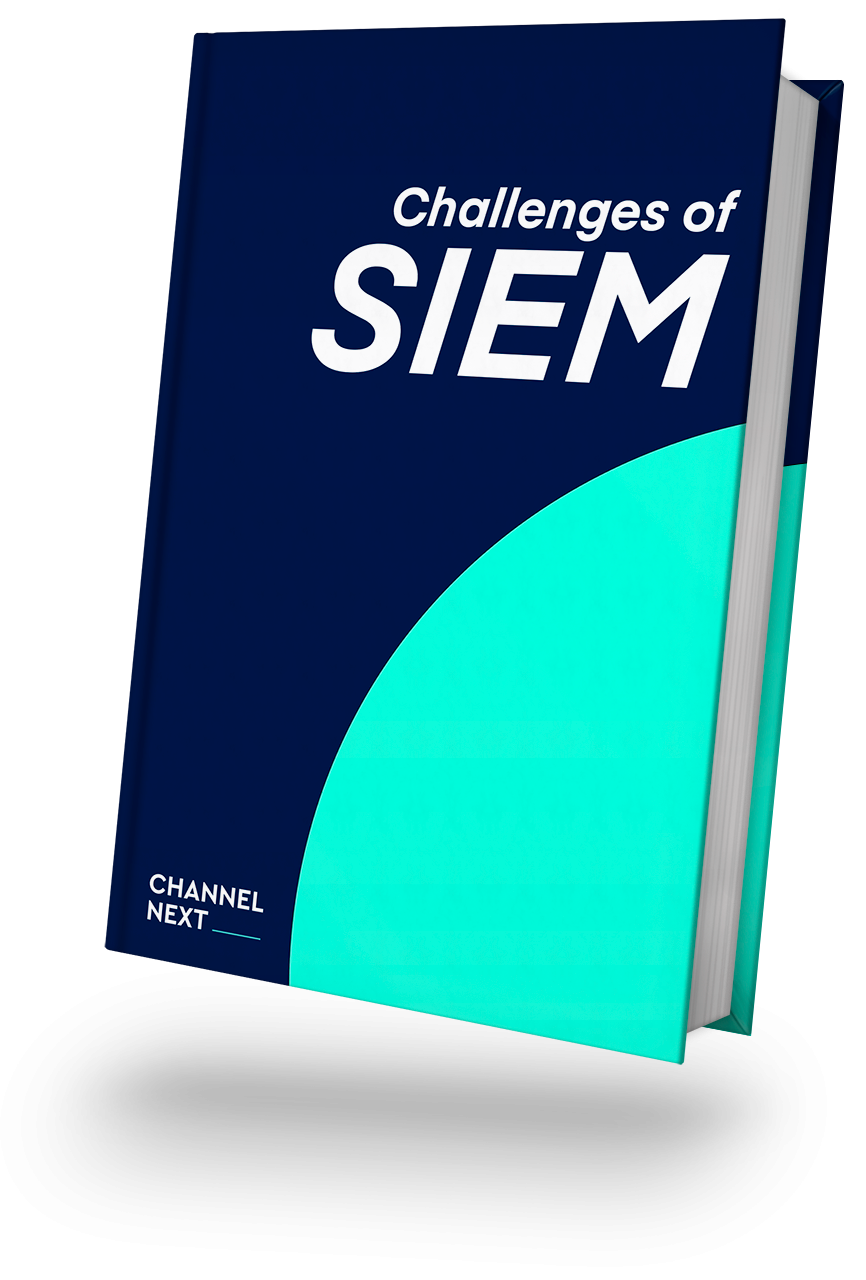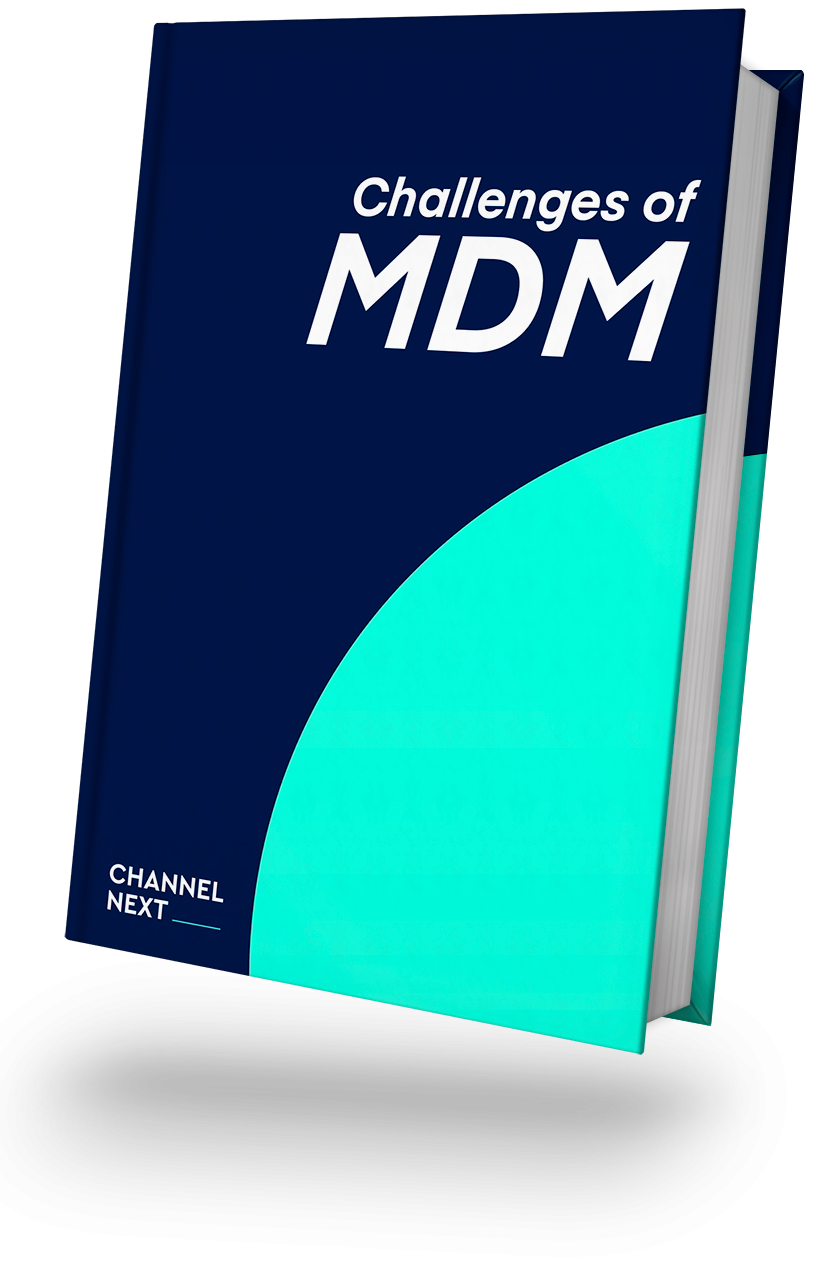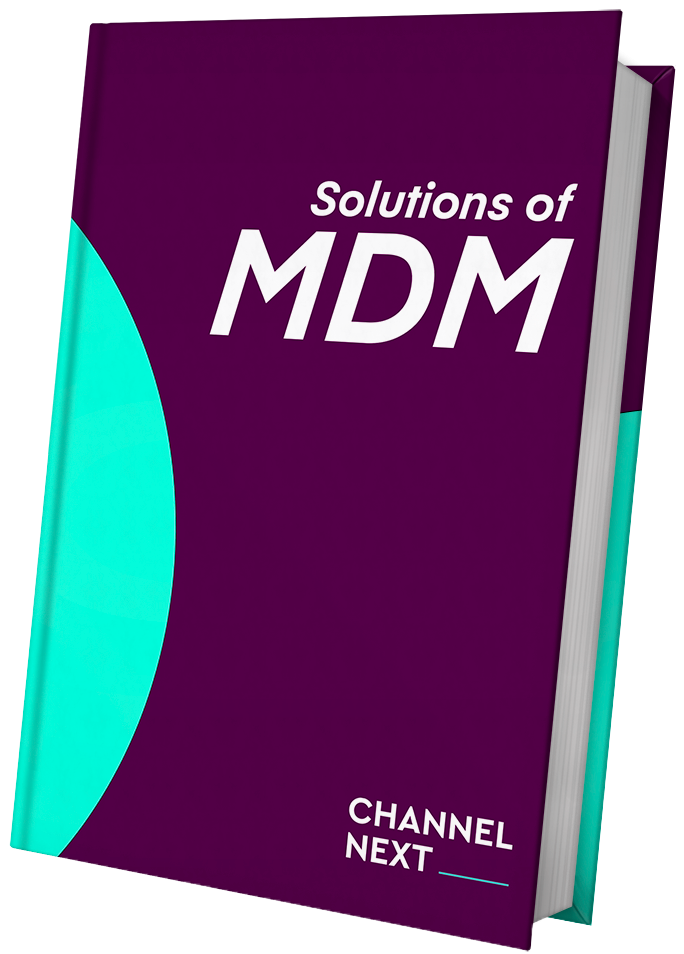Top Challenges

Identifying Sensitive Data

Policy Customization and Implementation

End-User Behavior and Awareness
Challenges
Implementing DLP across a mix of corporate and personal devices, ensuring consistent data protection without infringing on personal data.
Consequences
Inconsistent DLP coverage can lead to data leakage, regulatory fines, and compromised intellectual property, affecting trust and business continuity.
Scenario 1: The Cloud Storage Mishap
An employee uses a personal cloud storage service to save work documents, bypassing DLP controls. This action leads to unintentional exposure of confidential data, illustrating the challenge of enforcing DLP policies on personal devices and external platforms.
Scenario 2: The Overly Restrictive DLP Policy
A stringent DLP policy blocks legitimate work-related file transfers, hindering employee productivity and collaboration. This scenario highlights the need for balanced DLP policies that protect data without obstructing business processes.
Scenario 3: The Unencrypted Email Attachment
An employee sends sensitive information via an unencrypted email attachment, violating DLP policies. This incident underscores the importance of user training and DLP solutions capable of monitoring and securing data in transit.
Scenario 4: The Insider Threat
An insider intentionally exfiltrates corporate data through a personal device, circumventing DLP measures. This scenario reflects the challenge of mitigating insider threats while maintaining a positive work environment.
CHALLENGES
Efficiently integrating SIEM solutions with a diverse array of existing security tools and technologies is a complex task that requires significant effort and expertise.
Consequences
Poor integration can lead to gaps in security visibility and coverage, undermining the effectiveness of the SIEM system and leaving organizations vulnerable to sophisticated attacks.
CHALLENGES
SIEM systems require skilled personnel for effective monitoring, analysis, and response, but there is a notable shortage of qualified cybersecurity professionals.
Consequences
Without adequate staffing and resources, organizations may not fully leverage their SIEM solutions, leading to suboptimal security postures and increased risk of successful cyberattacks.
Scenario 1: Data Breach Fallout
A healthcare provider, neglecting compliance with HIPAA regulations, experiences a severe data breach that exposes sensitive patient records. Regulatory authorities conduct investigations and impose substantial fines for non-compliance, exacerbating financial strain and reputation damage.
The organization faces legal battles, resource-intensive remediation efforts, and a loss of patient trust, hindering its ability to deliver quality healthcare services.
Scenario 2: Financial Compliance Oversight
A financial institution overlooks regulatory requirements related to anti-money laundering (AML) and Know Your Customer (KYC) procedures, leading to non-compliance issues. Regulatory audits uncover deficiencies, resulting in significant fines, operational disruptions, and increased scrutiny from governing bodies.
The institution’s reputation suffers, affecting client confidence, investor relations, and market competitiveness.
Scenario 3: GDPR Non-compliance
A government agency implements a state-of-the-art SIEM solution. However, due to a lack of specialized training, the security personnel are unable to fully utilize the system’s advanced features, leading to a suboptimal security setup that relies on basic configurations.
When a sophisticated cyber espionage campaign targets the agency, the attackers exploit the system’s generic setup to remain under the radar. Sensitive information is exfiltrated over several months, compromising national security and leading to an international incident that strains diplomatic relations.
Scenario 4: Data Privacy Neglect
A technology firm, disregarding data privacy regulations, experiences a breach that compromises user data. Regulatory investigations reveal systemic failures in compliance, resulting in significant penalties, legal ramifications, and reputational harm.
Rebuilding trust with users necessitates robust data protection measures, transparency in business practices, and ongoing regulatory compliance efforts.
